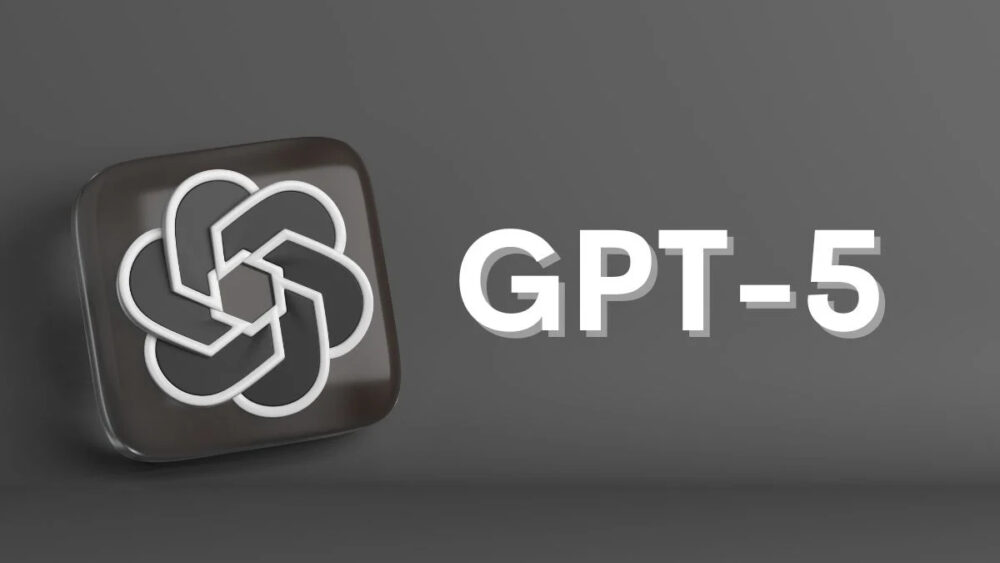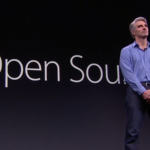OpenAI has confirmed that it’s working on its next-generation AI model, GPT 5, months after announcing otherwise. During an interview with the Financial Times, OpenAI CEO Sam Altman confirmed that GPT 5 is underway and is going to be more sophisticated than its predecessors, though it will require an additional investment from its partner Microsoft.
This is because large-scale AI models, especially the ones as significant as ChatGPT, require billions of dollars and a staggering amount of computing power to make. GPT 5 is no doubt also going to require billions or trillions of pages of data and extensive fine-tuning and safety testing.
Furthermore, training this massive AI model will need an overwhelming amount of data. The executive said that this data would come from publicly available data sets on the internet as well as proprietary data from companies.
The report from Financial Times revealed that OpenAI has been in touch with large-scale organizations lately to acquire data sets that “are not already accessible online to the public today.” This data will particularly focus on long-form writing or conversations in any format.
While we can expect GPT 5 to be far more capable than previous models, Altman says that it’s hard to tell how powerful it is going to be for the time being. He also did not reveal a timeframe for GPT 5’s release. However, last week during OpenAI’s DevDay announcement, the CEO said that this year’s announcements would look ‘quaint’ compared to next year, meaning we can probably expect to hear more in 2025.
Still, it is worth mentioning that training AI models at this scale takes time and public availability will likely have to wait longer than that. By that time, rivals including Google and Meta predictably will also release their competing AI models.
While talking about OpenAI’s partnership with Microsoft, Altman said that it’s going really well and he expects it to raise more money in the future along with other investors. He told FT: “Microsoft has shifted its entire business model around the use of AI, embedding its Copilot system — built on top of GPT-4 — into Windows, Microsoft 365, and other products.”






